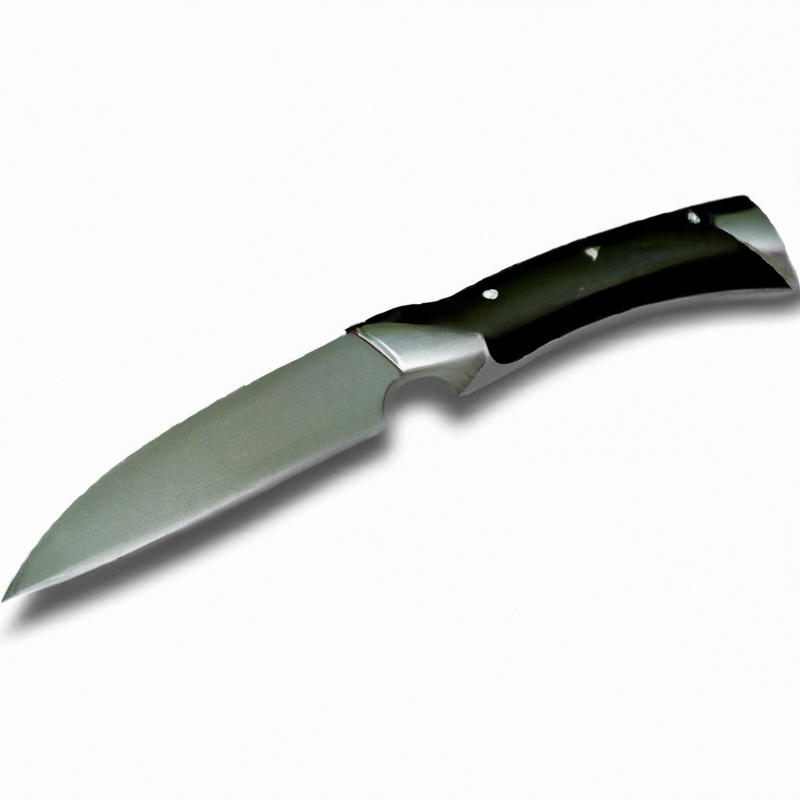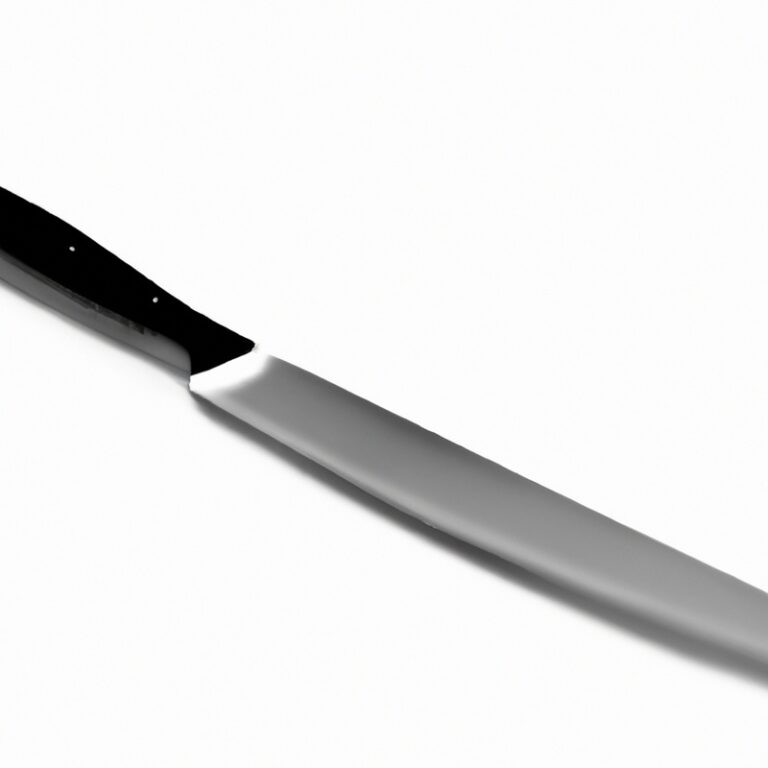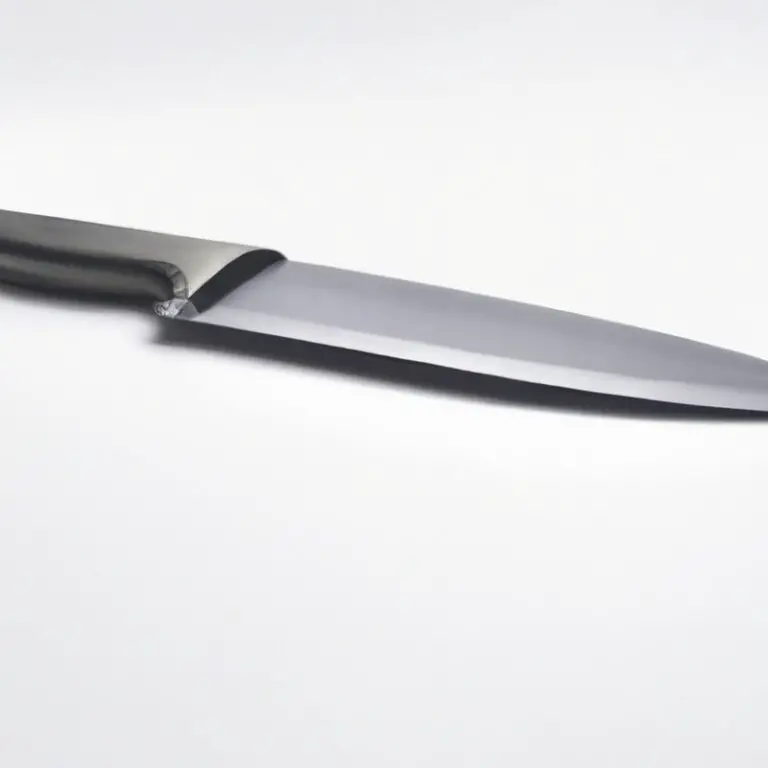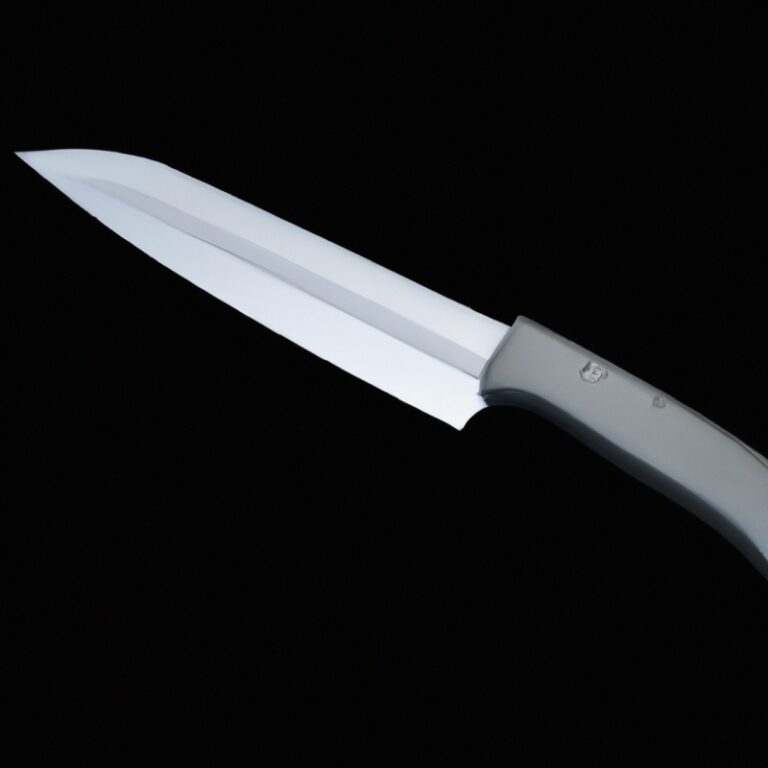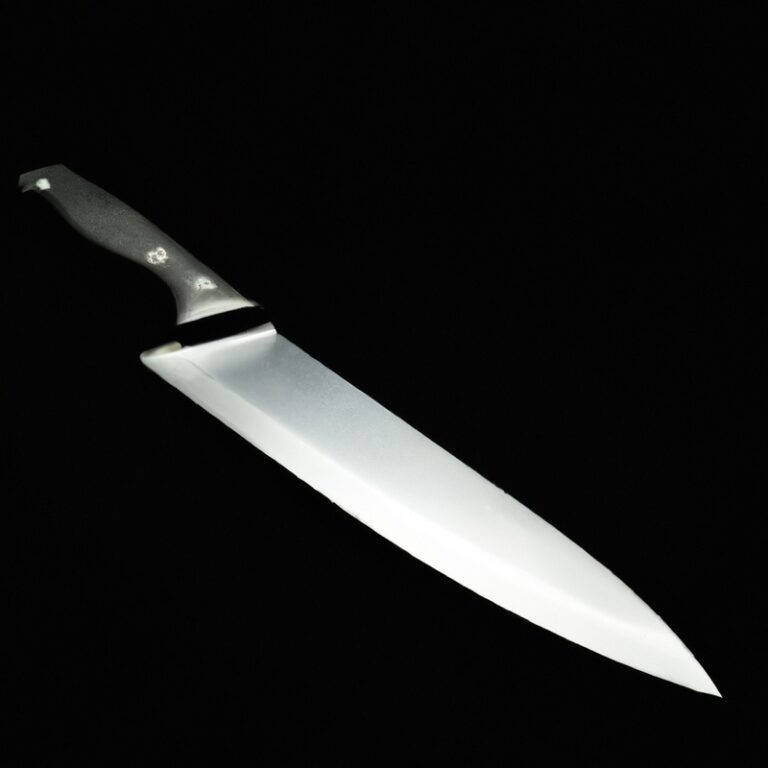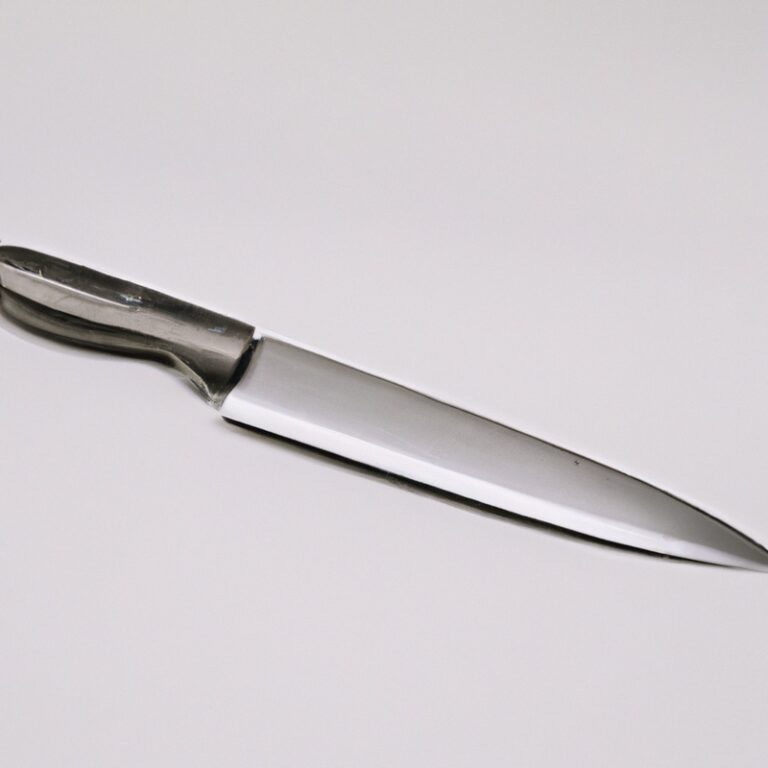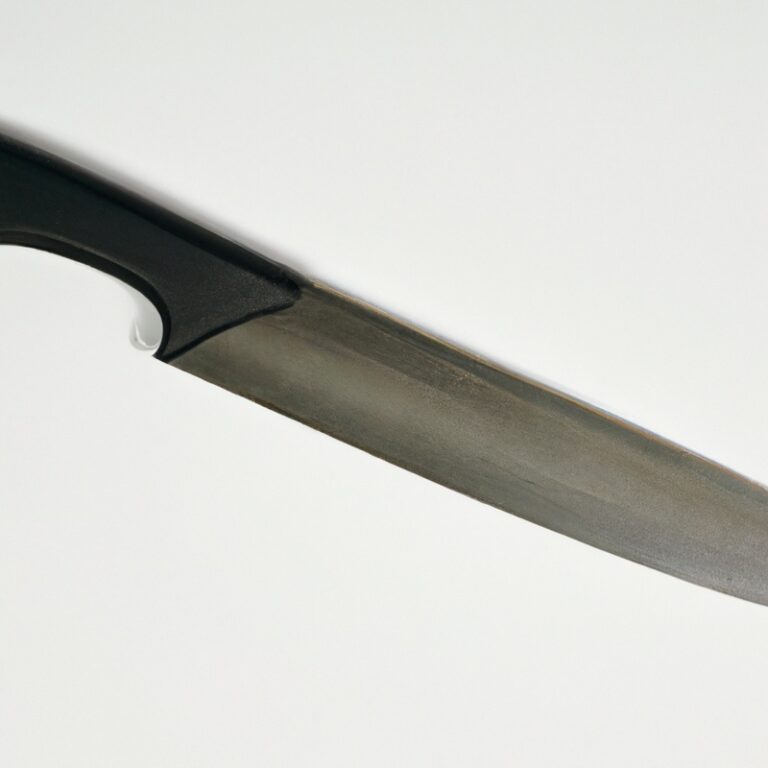What Are The Advantages Of Using a Serrated Knife For Cutting Through Flaky Pastries?
Key Takeaways:
- Serrated knives have teeth that grip and cut through flaky pastries with ease.
- The saw-like motion of a serrated knife helps to prevent squishing and distorting delicate pastries.
- Serrated knives create clean cuts, resulting in visually appealing pastries.
- Using a serrated knife can make cutting through hard or crusty parts of pastries easier.
Are you tired of struggling to cut through your delicate pastries without creating a crumb-filled mess? Well, I have the answer for you – the trusty serrated knife.
This humble kitchen tool is a game-changer when it comes to slicing through flaky pastries with ease.
In this article, I’ll delve into the advantages of using a serrated knife, including efficient cutting, reduced crumbling, and better control. Plus, I’ll share some valuable tips on maintaining and using a serrated knife effectively.
So, let’s dive in and discover how this simple knife can transform your pastry cutting experience!
| Advantages of Using a Serrated Knife for Cutting through Flaky Pastries |
|---|
| 1. Clean and Even Cuts |
| 2. Reduced Crumbling |
| 3. Less Effort Required |
| 4. Versatility |
| 5. Preserves Flakiness and Texture |
What is a serrated knife?
Definition and characteristics
A serrated knife is a type of kitchen knife that features a blade with small, saw-like teeth along one or both sides. These teeth give the knife a distinct appearance and serve a specific purpose.
The characteristics of a serrated knife include its ability to cut through tough or crusty surfaces with ease, as the teeth help grip the food and prevent it from sliding.
This type of knife is particularly effective in cutting through flaky pastries without crushing or crumbling them, resulting in cleaner, neater cuts. Its unique design also allows for better control and grip while cutting.
Overall, a serrated knife is a versatile tool that has its own distinct advantages in the kitchen.
Types of serrated knives
There are various types of serrated knives available, each with its specific features and purposes. Some common types include:
- Bread knife: A bread knife has a long, serrated blade that allows you to slice through crusty bread without crushing it.
- Tomato knife: A tomato knife has a narrow, serrated blade that easily cuts through the delicate skin of tomatoes without squishing the flesh.
- Carving knife: A carving knife often has a serrated edge, which helps in slicing through meats with ease, maintaining the integrity of the meat.
- Offset serrated knife: An offset serrated knife has a curved or angled handle that keeps your hand away from the cutting surface, making it ideal for tasks like cutting cakes or pastries.
These are just a few examples of the different types of serrated knives available. Each type caters to specific cutting needs, making it important to choose the right knife for the task at hand.
Advantages of using a serrated knife
Efficient cutting
Efficient cutting is one of the key advantages of using a serrated knife. The teeth-like serrations on the blade enable the knife to grip and cut through tough materials with ease.
The sawing motion created by the serrations allows for smooth and efficient cutting action.
Whether it’s slicing through crusty bread or delicate pastries, a serrated knife ensures that you can quickly and effortlessly cut through without crushing or damaging the food. Its design allows for efficient cutting, making it a reliable tool in the kitchen.
Reduced crumbling
One of the advantages of using a serrated knife for cutting through flaky pastries is reduced crumbling. The serrated edge of the knife helps to grip and hold onto the delicate layers of the pastry, preventing excessive crumbling and preserving the overall structure.
As you cut through the flaky layers, the serrated teeth act like small saws, making it easier to maintain the integrity of the pastry.
This results in neater and cleaner cuts, enhancing both the presentation and the eating experience. So, when it comes to cutting through flaky pastries, a serrated knife can be your best friend in reducing crumbling.
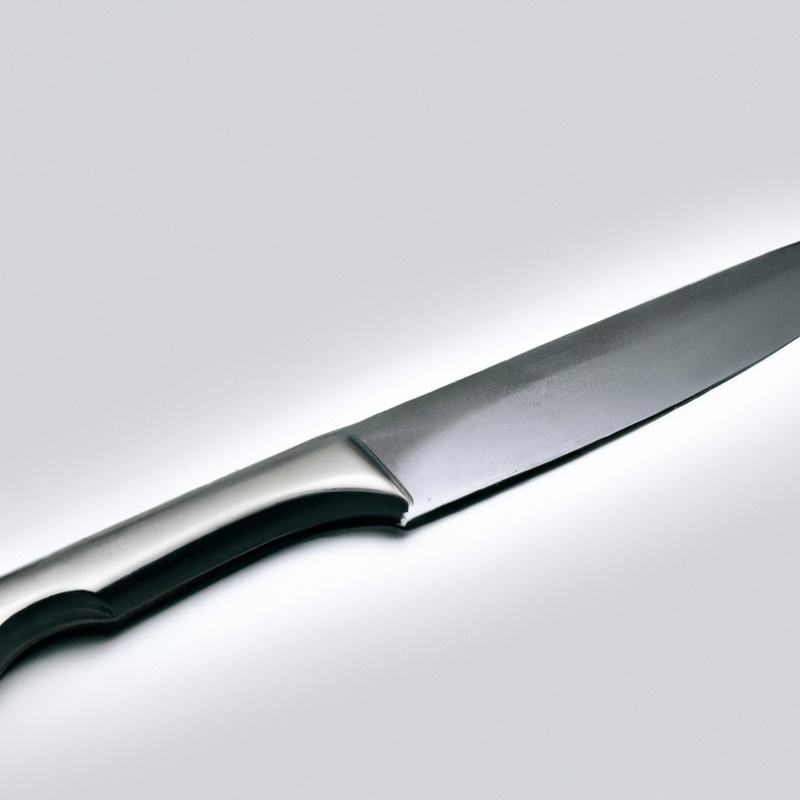
Better control and grip
A serrated knife provides better control and grip while cutting through flaky pastries. The serrated edges grip the surface of the pastry, allowing for precise and controlled movements.
This prevents the knife from slipping and ensures a clean cut without crushing the delicate layers.
The ergonomic design of the handle also enhances grip, promoting comfortable and secure handling of the knife. With better control and grip, you can effortlessly slice through pastries without compromising their texture and appearance.
Using a serrated knife for cutting through flaky pastries
Minimizing compression and deformation
A serrated knife is excellent for cutting through flaky pastries because it helps minimize compression and deformation. The small, saw-like teeth of the knife grip the pastry gently, reducing the pressure applied during cutting.
This prevents the delicate layers of the pastry from getting squashed or flattened, ensuring that it retains its light and airy texture.
The serrations also help in creating clean and precise cuts, without causing the pastry to crumble or break apart. So, if you want to enjoy perfectly cut flaky pastries, using a serrated knife is definitely the way to go.
Preserving the layers and texture
Preserving the layers and texture of flaky pastries is one of the key advantages of using a serrated knife. The jagged teeth of the blade grip the delicate layers of the pastry, preventing excessive compression and deformation.
This helps maintain the desired light and airy texture, while creating clean and neat cuts.
The serrated edge also reduces the chances of the pastry crumbling or tearing, enabling you to enjoy each layer in all its flaky goodness. So, if you want to savor those beautiful layers and exquisite textures, reach for a serrated knife when cutting through your favorite pastries.
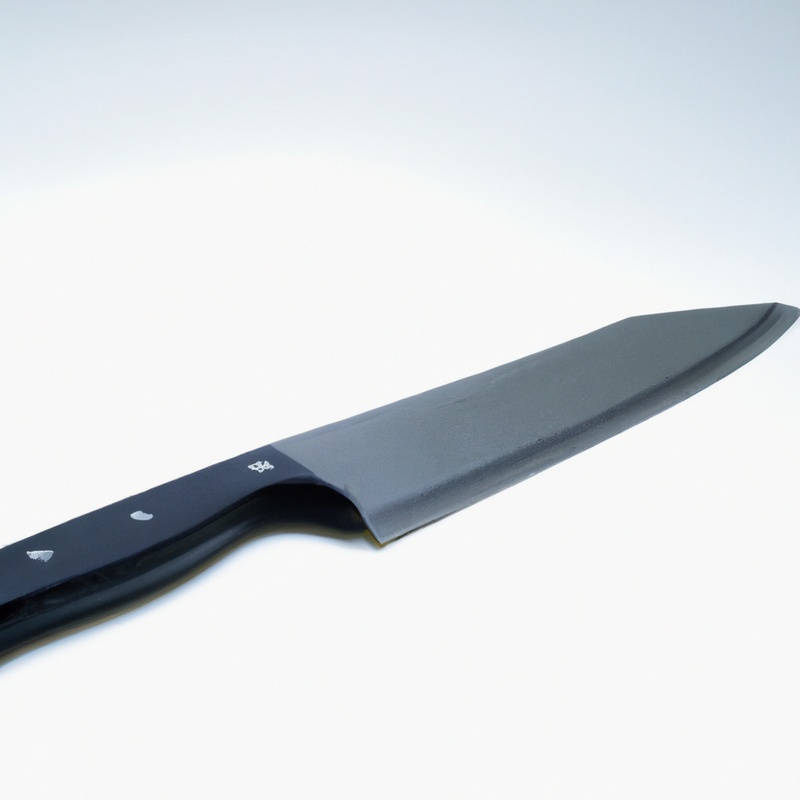
Neater and cleaner cuts
Using a serrated knife for cutting through flaky pastries can result in neater and cleaner cuts. The serrated blade helps to grip the pastry’s delicate layers, reducing the chances of compression and deformation.
This means that your pastries will retain their shape and texture, resulting in a more visually appealing and professional-looking final product.
Additionally, the sharp teeth on the serrated knife allow for precise cutting without crushing or crumbing the pastry, giving you clean, sharp edges. So, when it comes to cutting through flaky pastries, a serrated knife is a great tool to achieve neater and cleaner cuts.
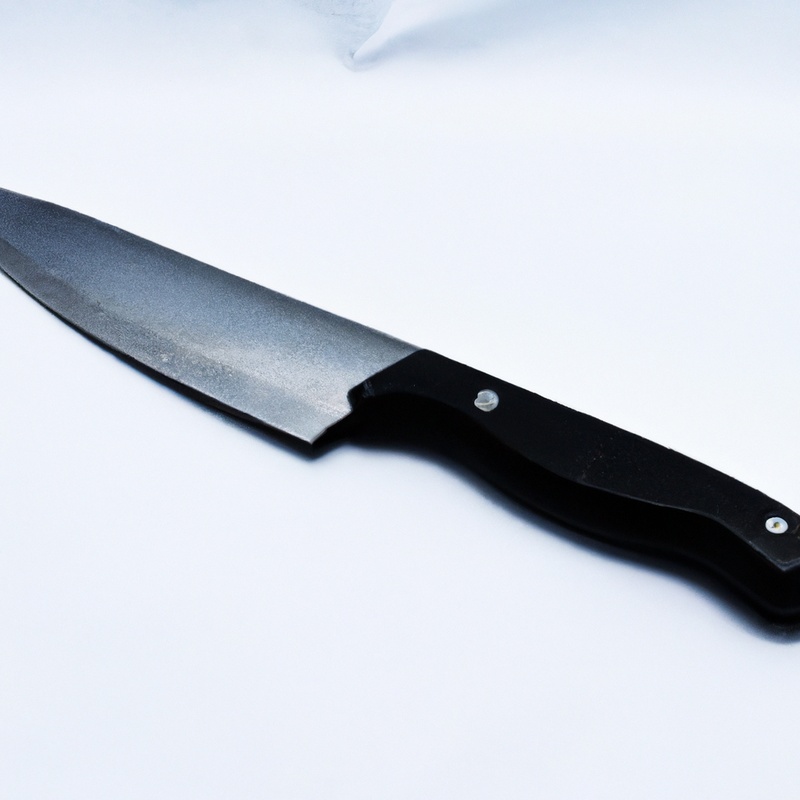
Other uses for serrated knives
Cutting bread and crusty foods
When it comes to cutting bread and crusty foods, a serrated knife is your go-to tool. The sharp teeth on the blade make it easy to slice through the crispy exterior without crushing the soft interior.
The serrations grip the surface of the bread, allowing for clean, even cuts, and preventing the loaf from squishing.
Whether it’s a baguette, ciabatta, or a loaf of sourdough, a serrated knife will ensure you have neat slices for your sandwiches or toast. Just remember to use a gentle sawing motion and let the knife do the work for you.
Slicing tomatoes and other soft-skinned fruits
Serrated knives are perfect for slicing tomatoes and other soft-skinned fruits. The sharp, jagged edges of the blade help to easily pierce through the delicate skin without crushing or squishing the fruit inside.
This means you can enjoy beautifully sliced tomatoes or other fruits, with their juicy goodness preserved.
The serrations also provide better grip, ensuring that the knife stays on track as you slice. So, if you want to effortlessly slice through soft-skinned fruits without making a mess, a serrated knife is a must-have in your kitchen arsenal.
Carving delicate meats
Carving delicate meats with a serrated knife has its advantages. The serrations on the blade help to grip the meat’s surface, allowing for more control and precision while cutting.
This is especially beneficial when working with tender cuts like roast beef or pork tenderloin, as it reduces the risk of tearing or shredding the meat.
The serrated blade also helps to maintain the meat’s juices, resulting in a juicy and flavorful final product. So, if you’re looking to carve delicate meats effortlessly, a serrated knife is a great tool to have in your kitchen.
Tips for maintaining a serrated knife
Proper cleaning and drying
To properly clean and dry a serrated knife, there are a few key steps to follow. First, rinse off any food debris or residue with warm water.
Next, use a mild dish soap and a soft sponge or cloth to gently scrub the blade, being careful not to scrub too vigorously and damage the teeth.
Rinse the knife thoroughly and then dry it immediately with a clean towel. Avoid leaving the knife to air dry, as this can lead to water spots or corrosion.
Finally, store the knife in a safe and dry place to prevent any potential damage.
Remember, proper cleaning and drying will help maintain the sharpness and longevity of your serrated knife.
Regular sharpening and honing
Regular sharpening and honing of your serrated knife is crucial to maintaining its effectiveness and longevity. Sharpening helps to restore the sharpness of the serrated edges, ensuring smoother and more efficient cutting.
Honing, on the other hand, helps to realign the serrations, keeping them in optimal condition.
To sharpen a serrated knife, you can use a diamond rod or a sharpening stone specifically designed for serrated edges. Honing can be done by using a honing steel or a serrated knife sharpener.
Regularly performing these maintenance tasks will keep your serrated knife in top shape for cutting through flaky pastries and other tasks.
Storing safely to prevent damage
To prevent damage to your serrated knife and make it last longer, proper storage is key. Here are some tips for storing your serrated knife safely:
- Use a knife block or magnetic strip: These options help protect the blade and keep it from getting dull by preventing it from coming into contact with other objects.
- Store in a sheath or blade guard: A sheath or blade guard provides an extra layer of protection, keeping the blade secure and reducing the risk of accidental nicks or cuts.
- Avoid storing loose in a drawer: Storing your serrated knife loose in a drawer can lead to the blade rubbing against other utensils, causing damage and dulling the edge.
- Keep away from moisture: Moisture can cause rust and corrosion, so make sure your serrated knife is completely dry before storing it.
Final Verdict
Using a serrated knife for cutting through flaky pastries offers numerous advantages. The unique serrated blade helps minimize compression and deformation, preserving the delicate layers and texture of the pastry.
The serrations also allow for neater and cleaner cuts, ensuring a visually pleasing presentation.
Overall, a serrated knife provides better control, reduces crumbling, and enhances the cutting experience. To maintain the knife’s effectiveness, proper cleaning, regular sharpening, and safe storage are crucial.
So, if you want perfect slices of flaky pastries, a serrated knife is a must-have in your kitchen arsenal.

